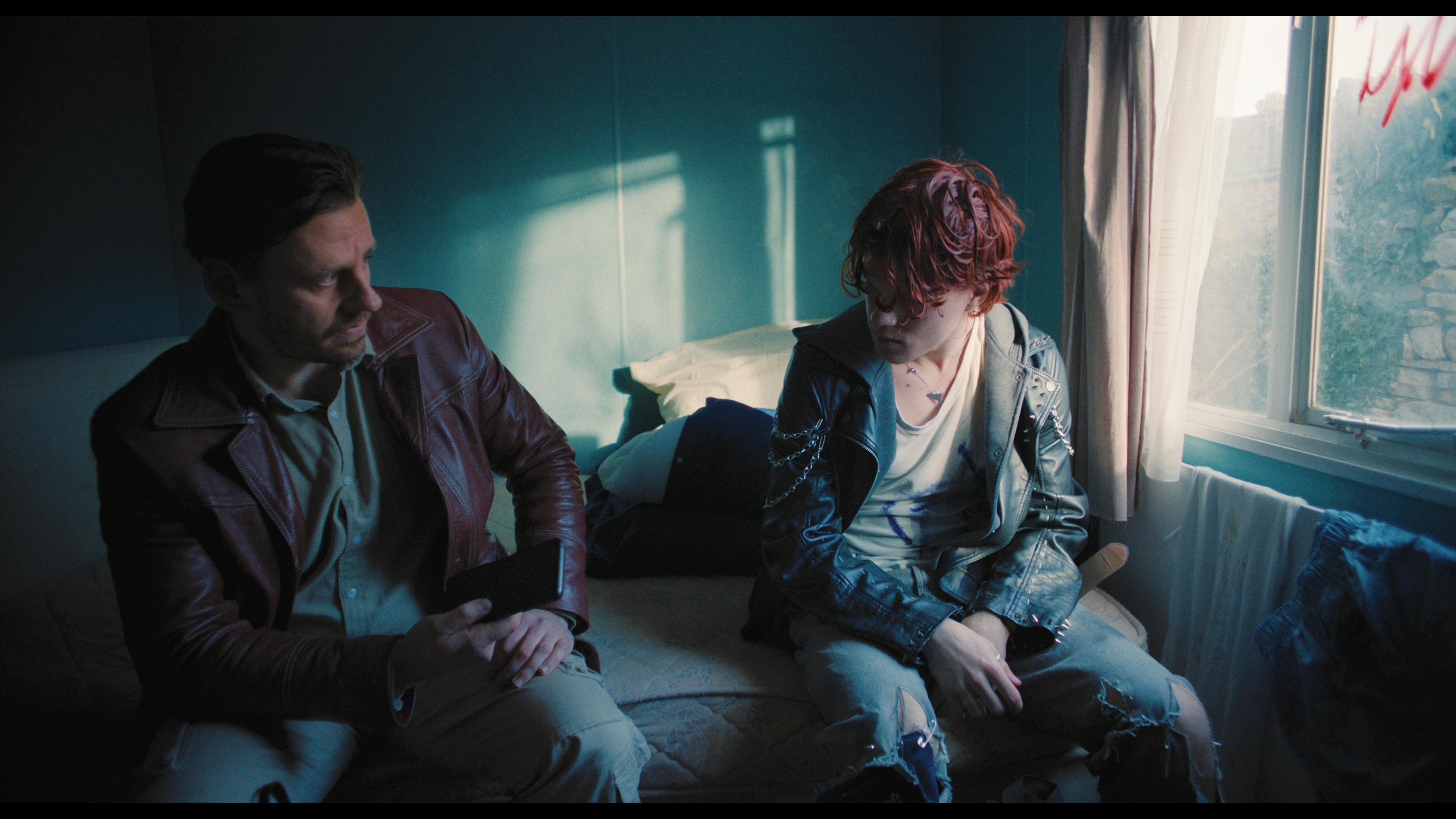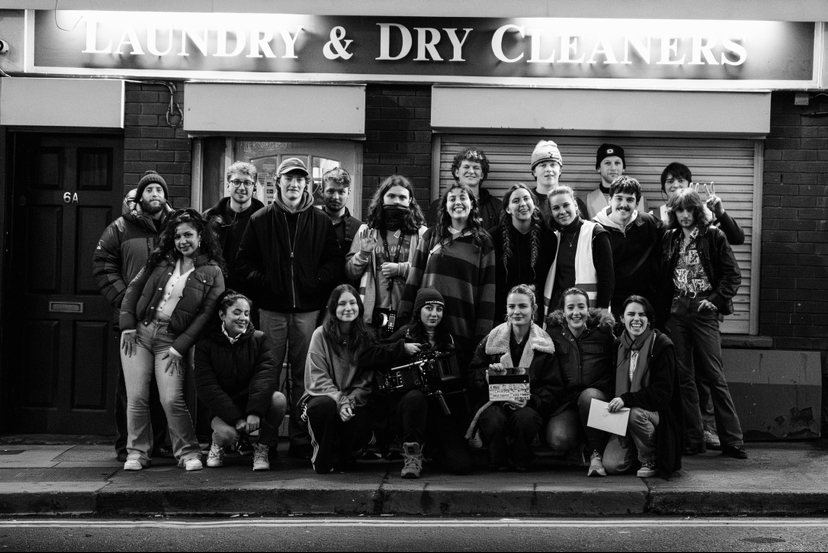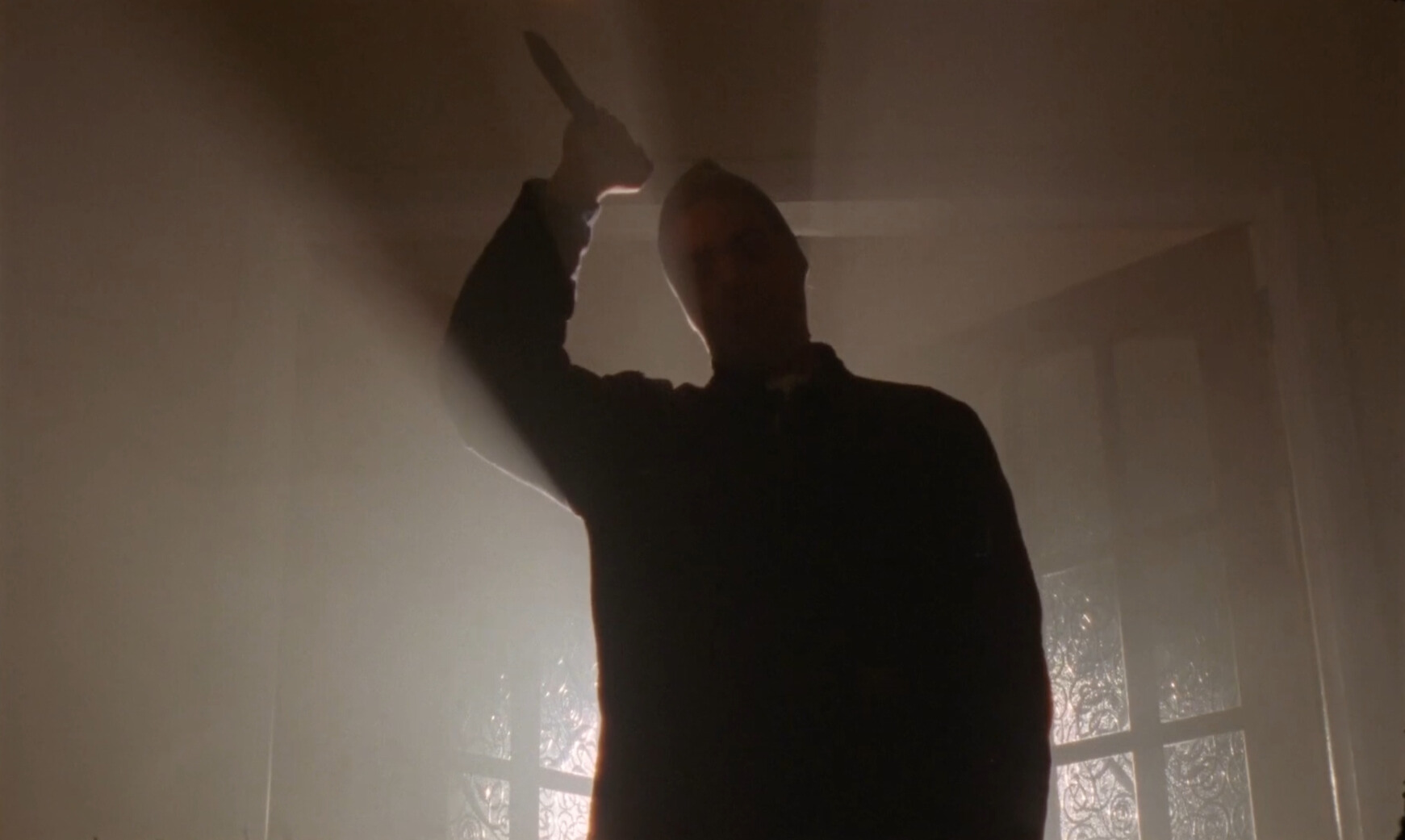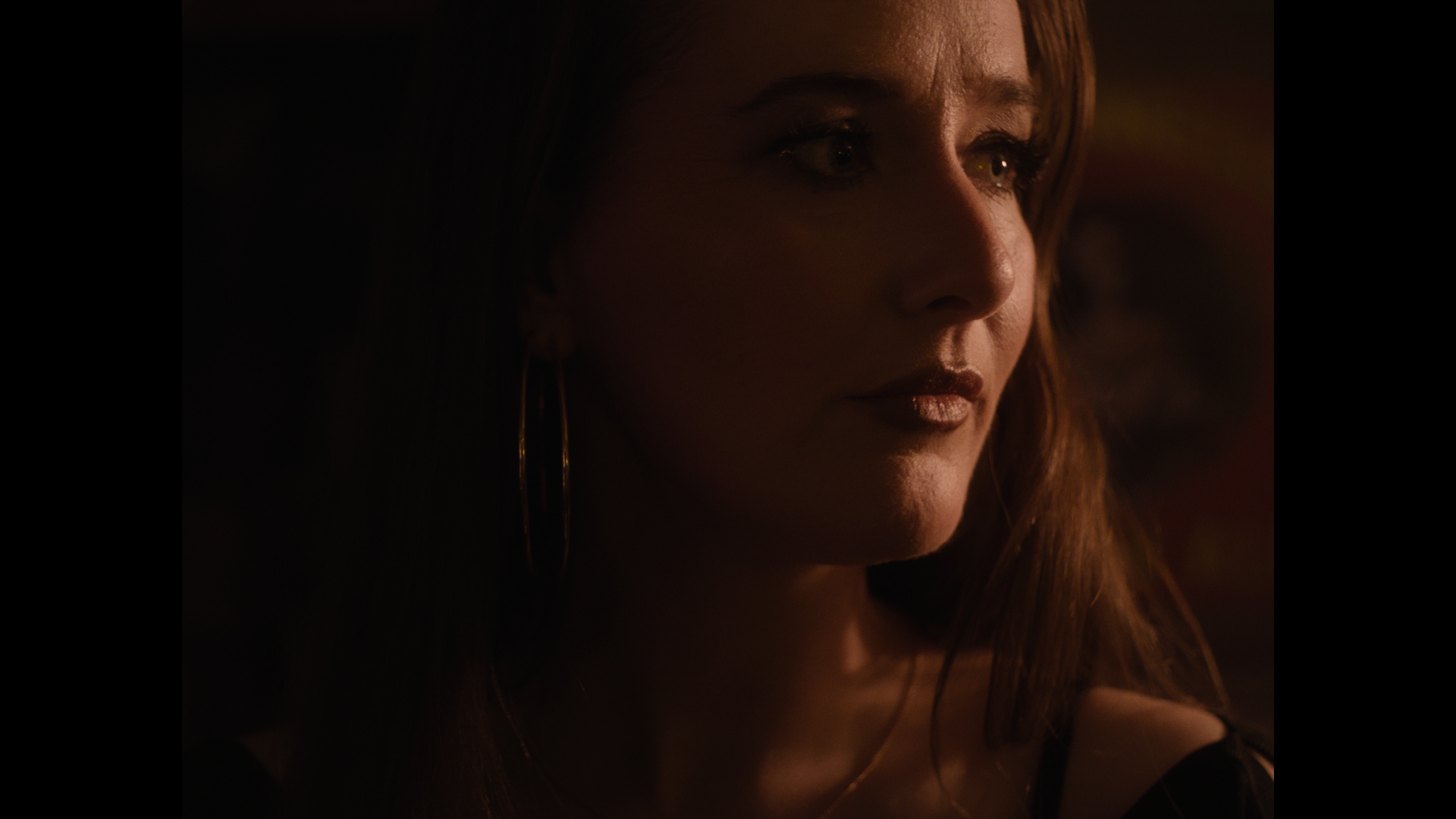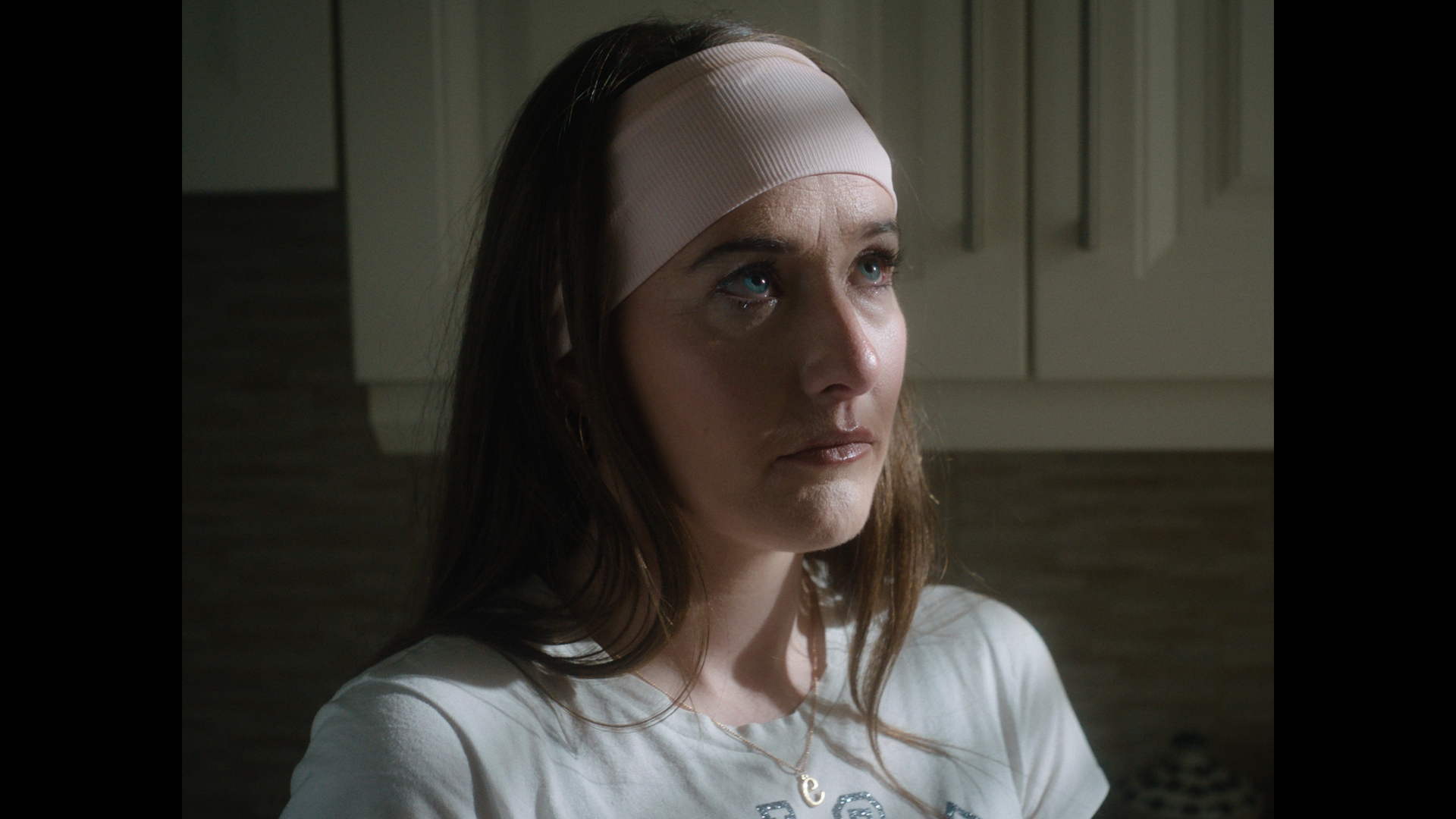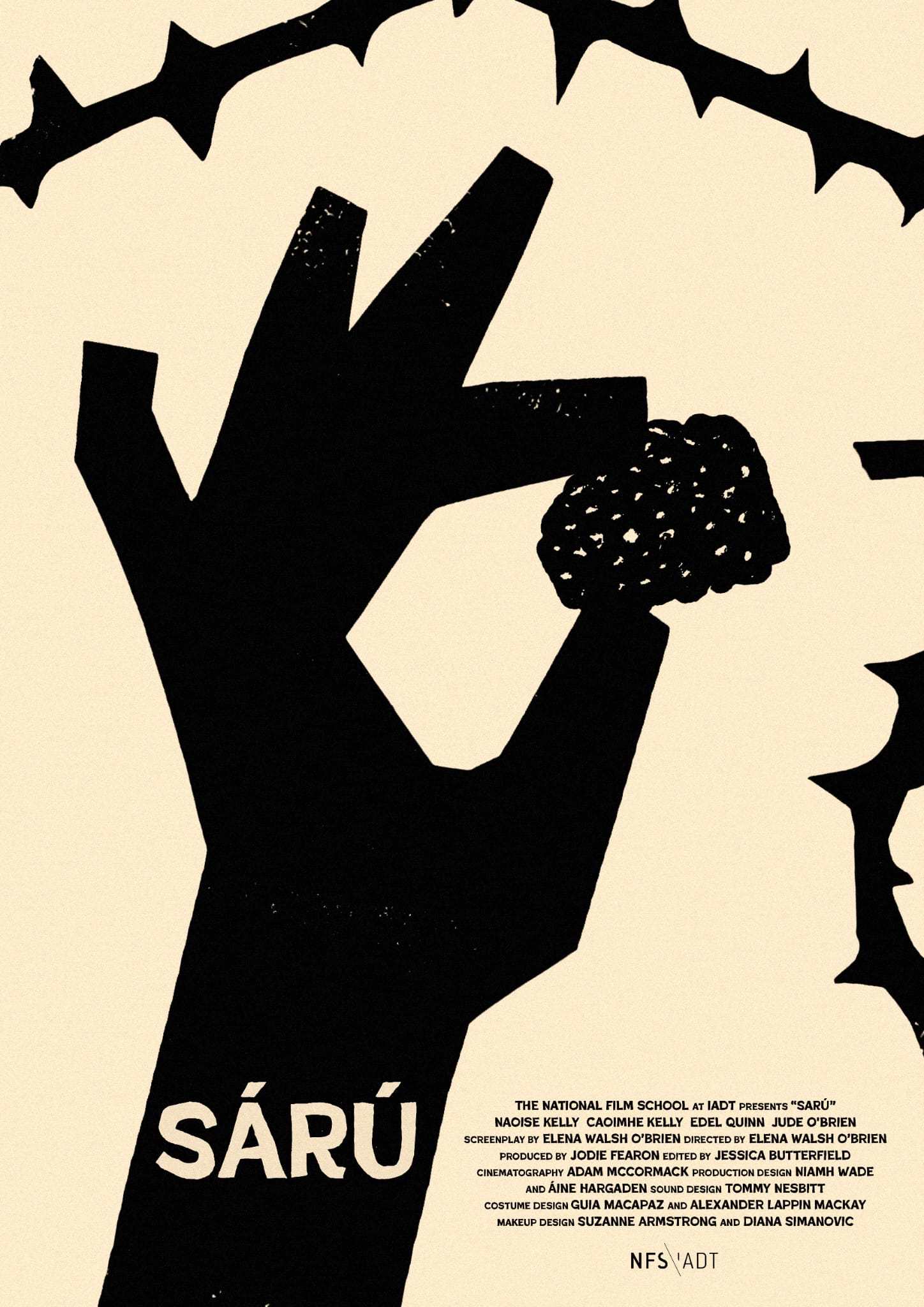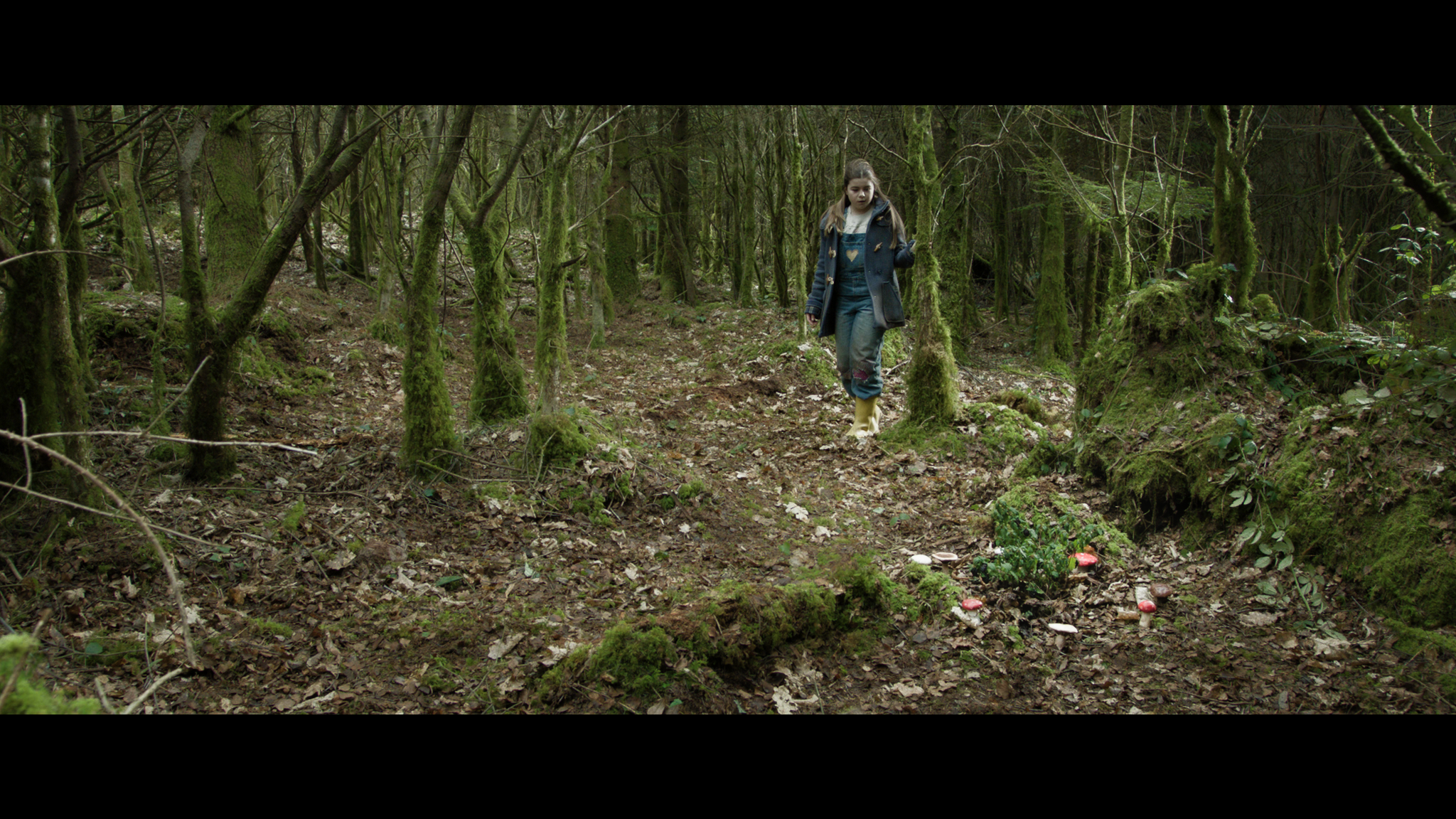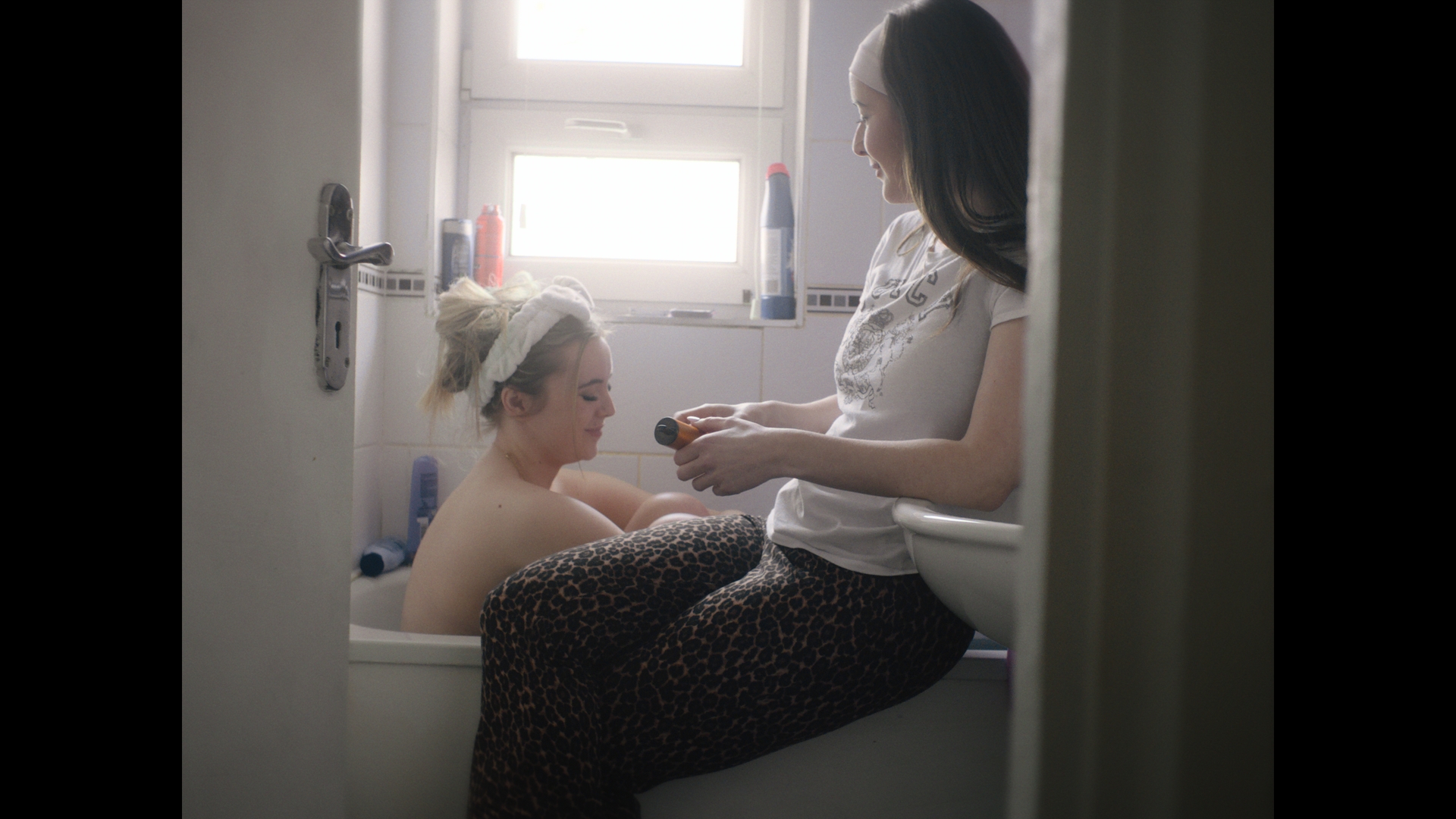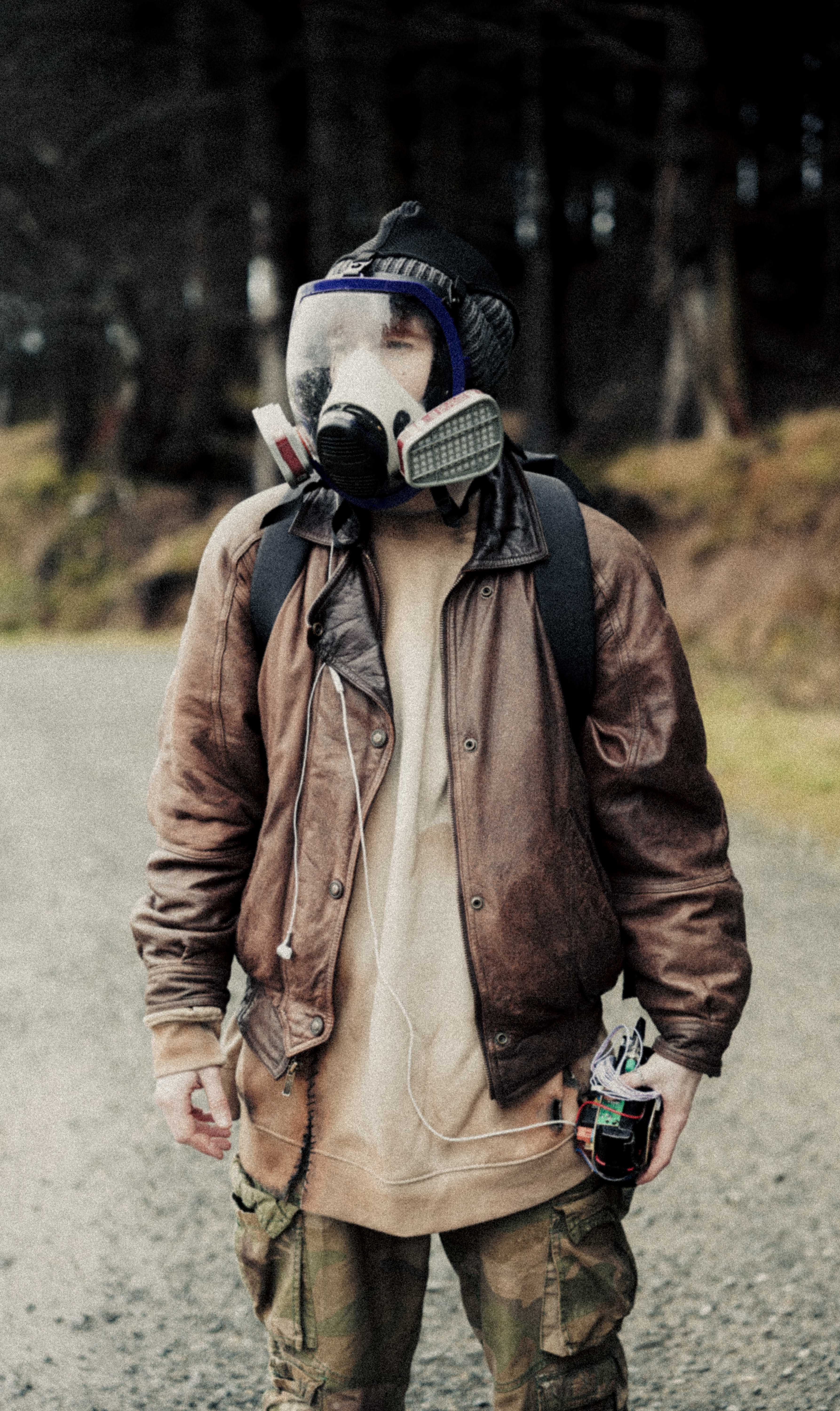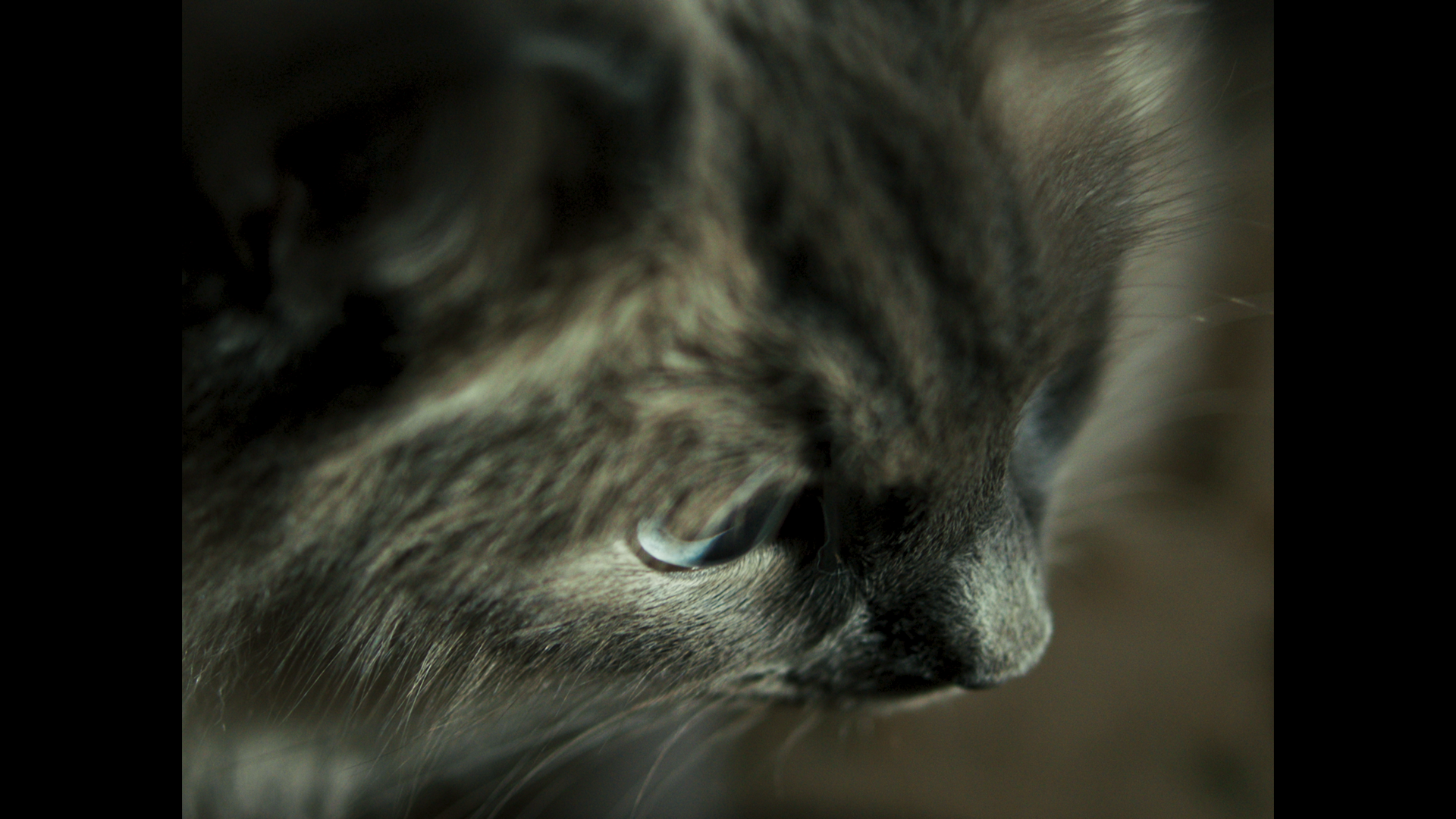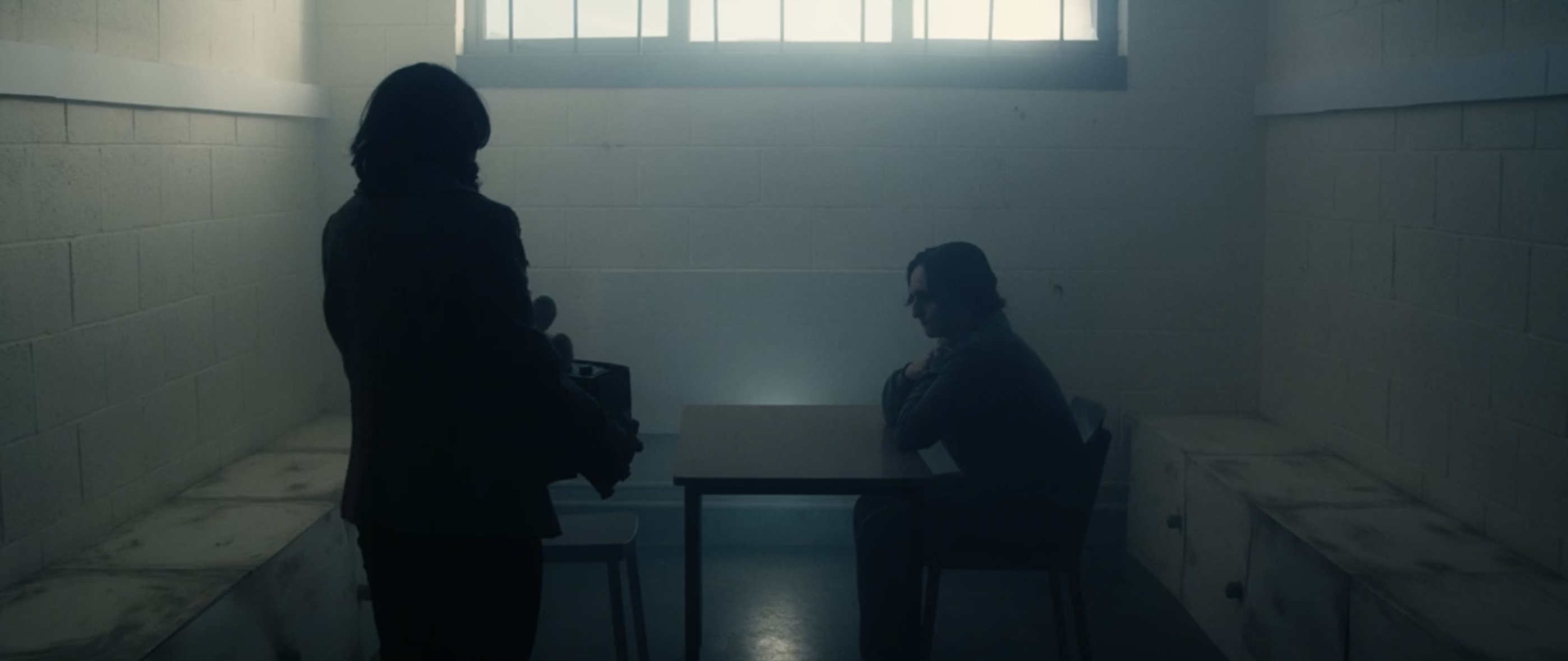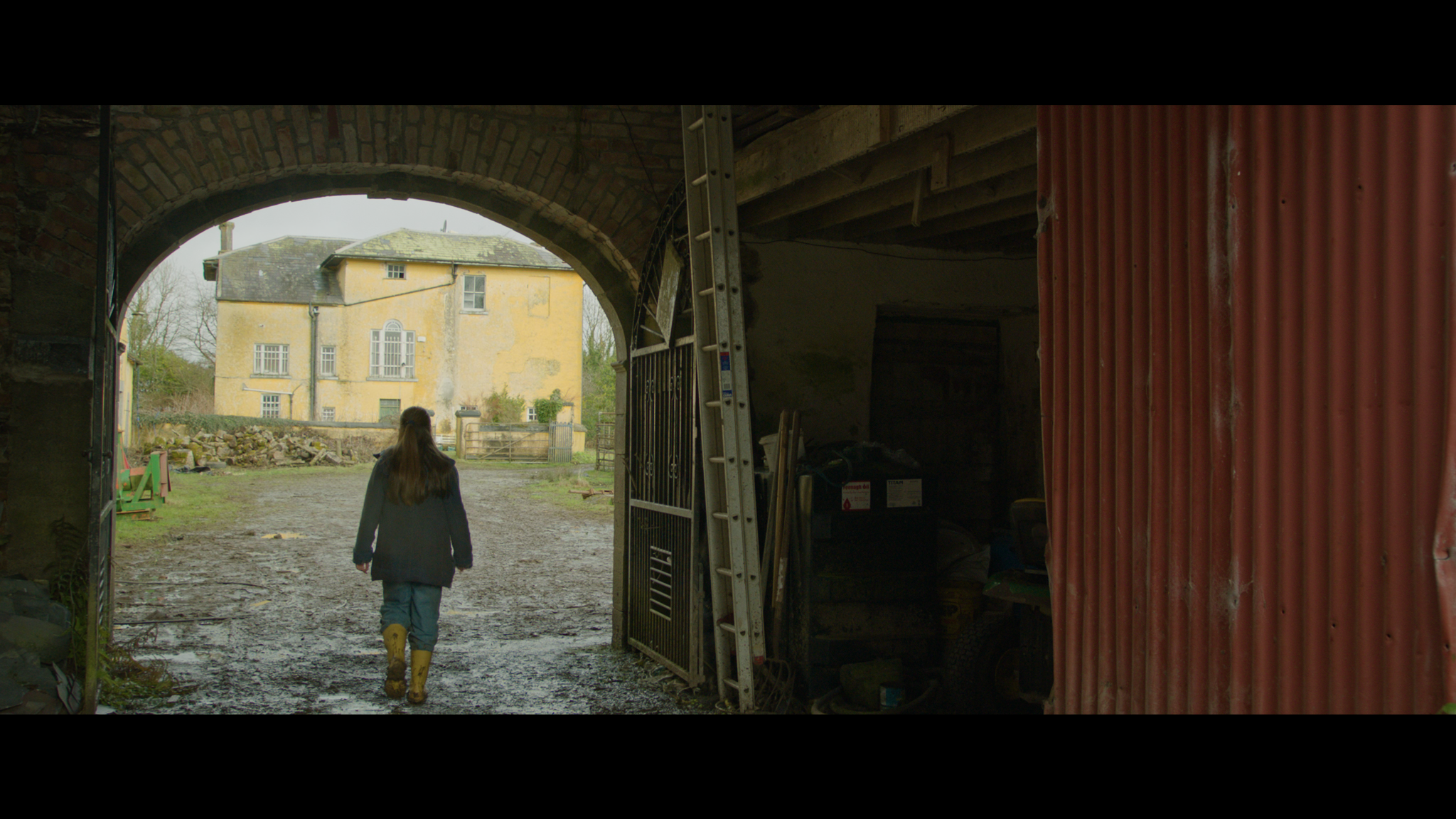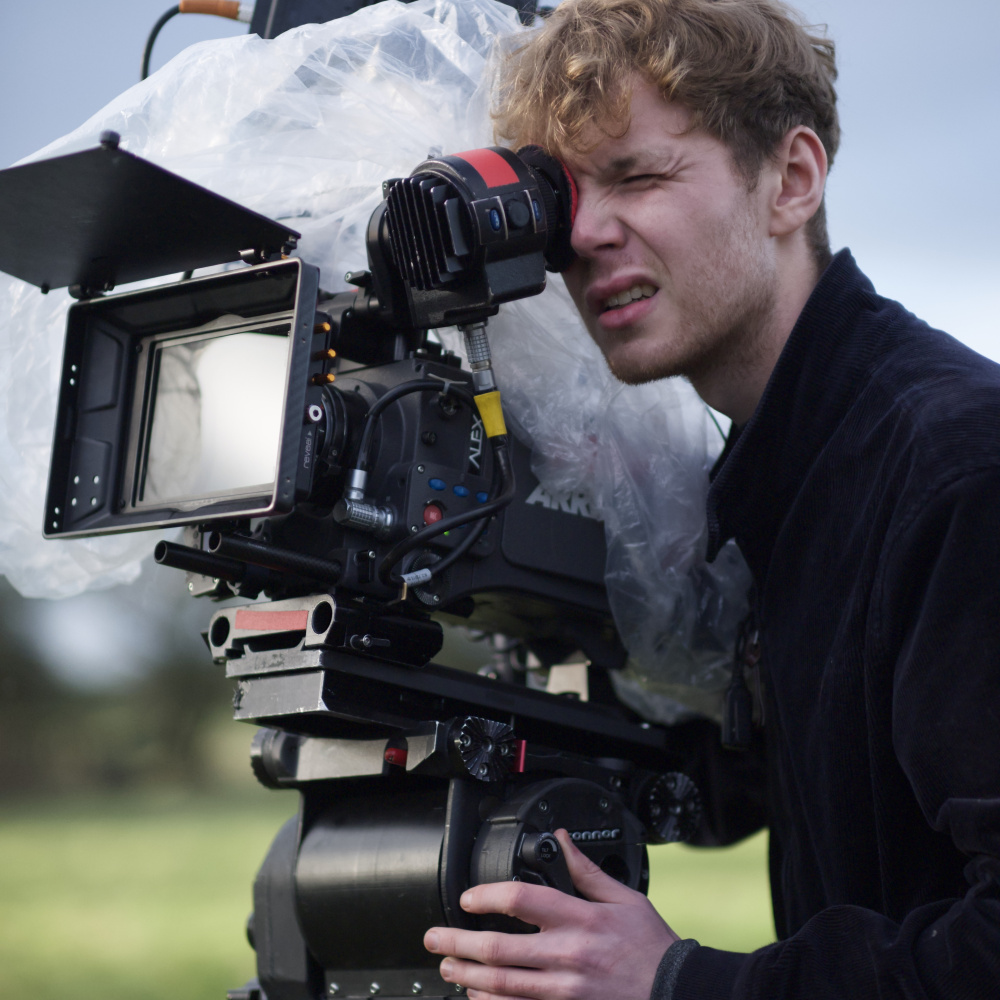
Jarlath McKernan
(Director of Photography)
After being denied disability allowance, a father battling depression is forced to look for work, despite being unfit for it. Alone and unmoored, he feels cut off from the world—and most painfully, from his young daughter. As he struggles to close the widening gap, a system meant to support him pushes him further to the edge.
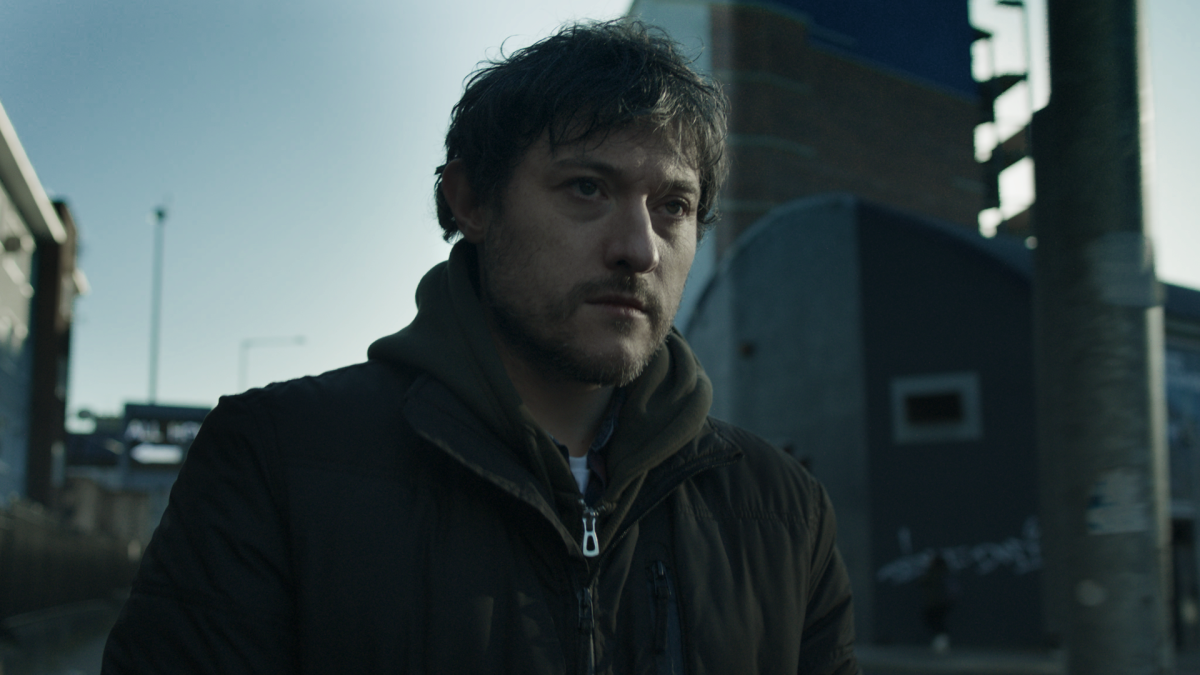
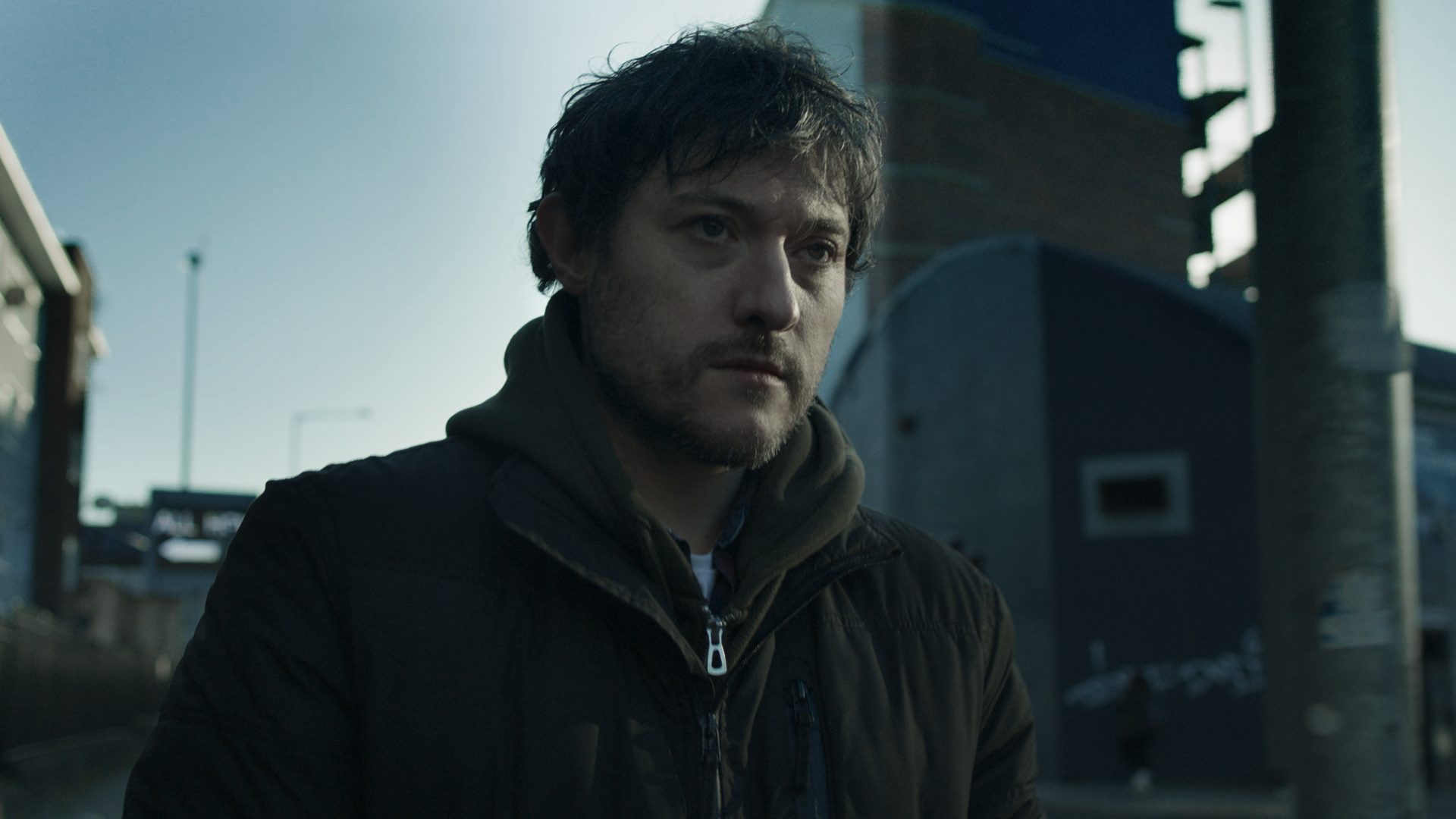

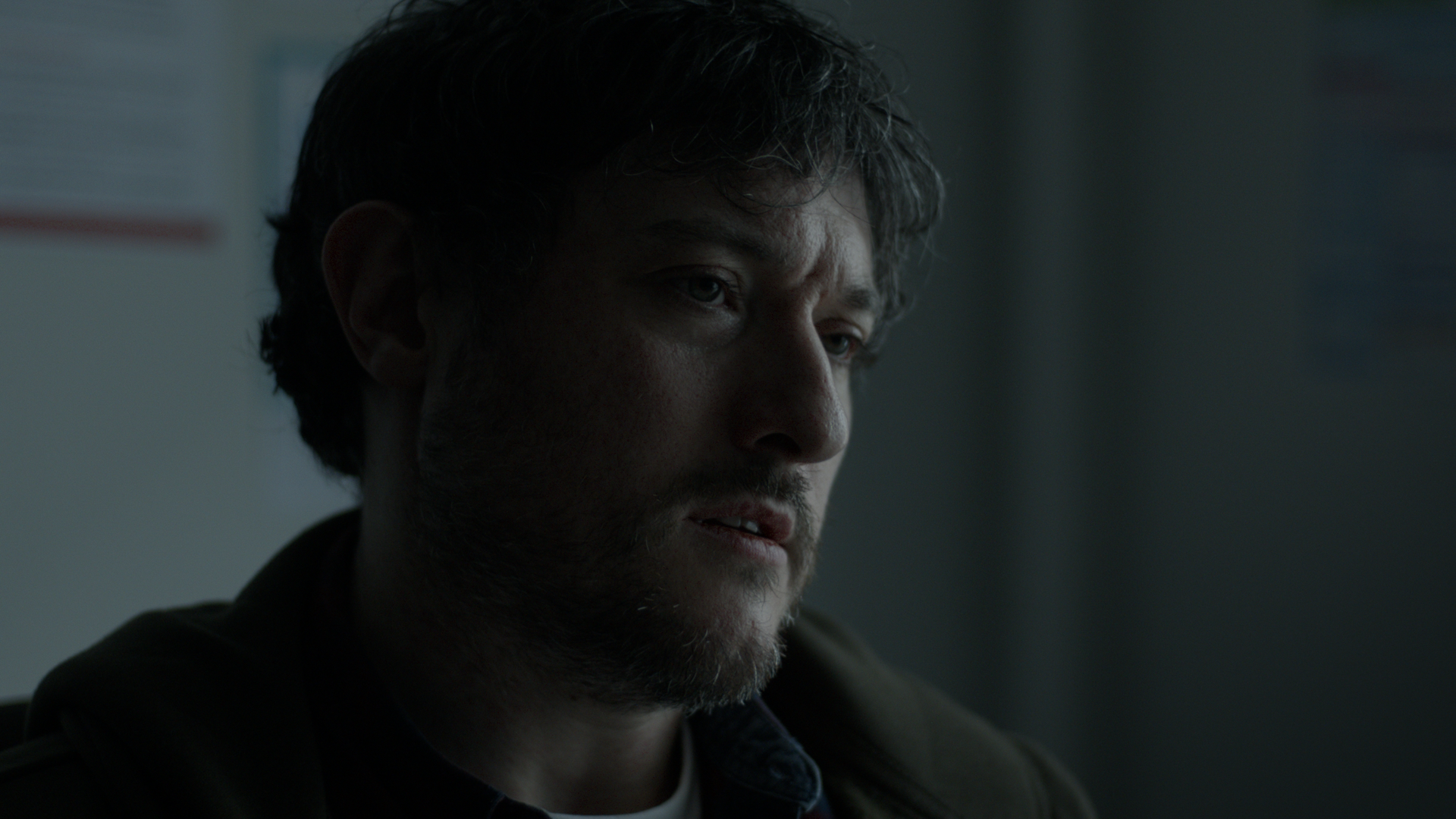
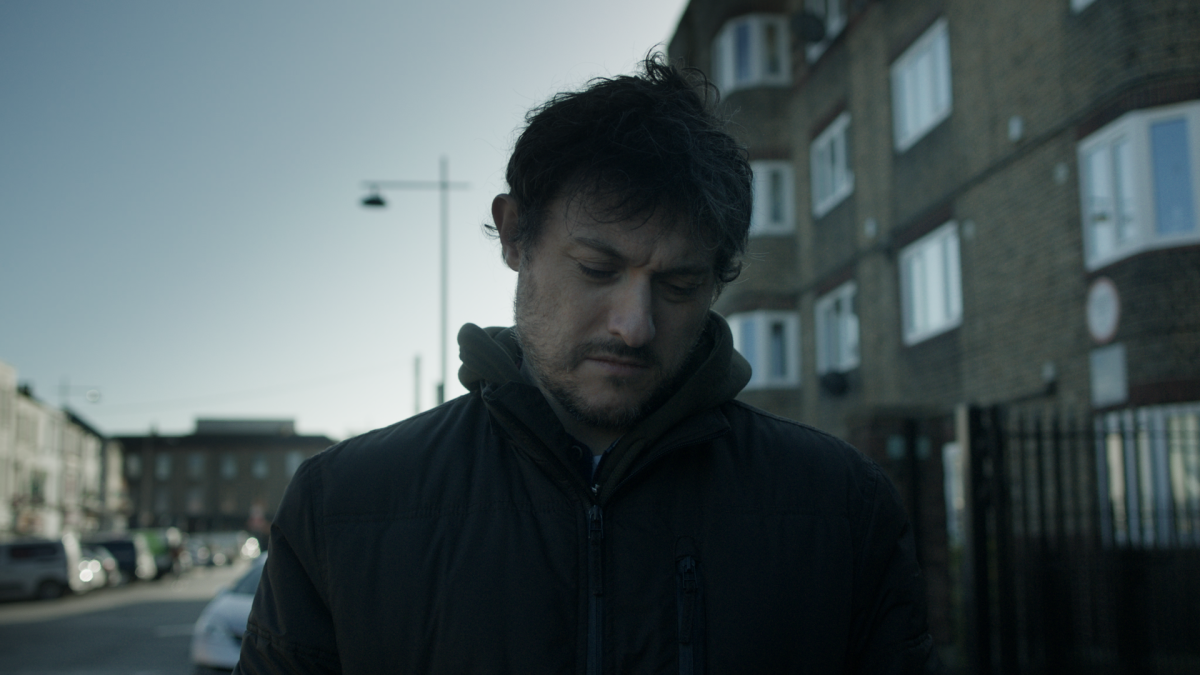
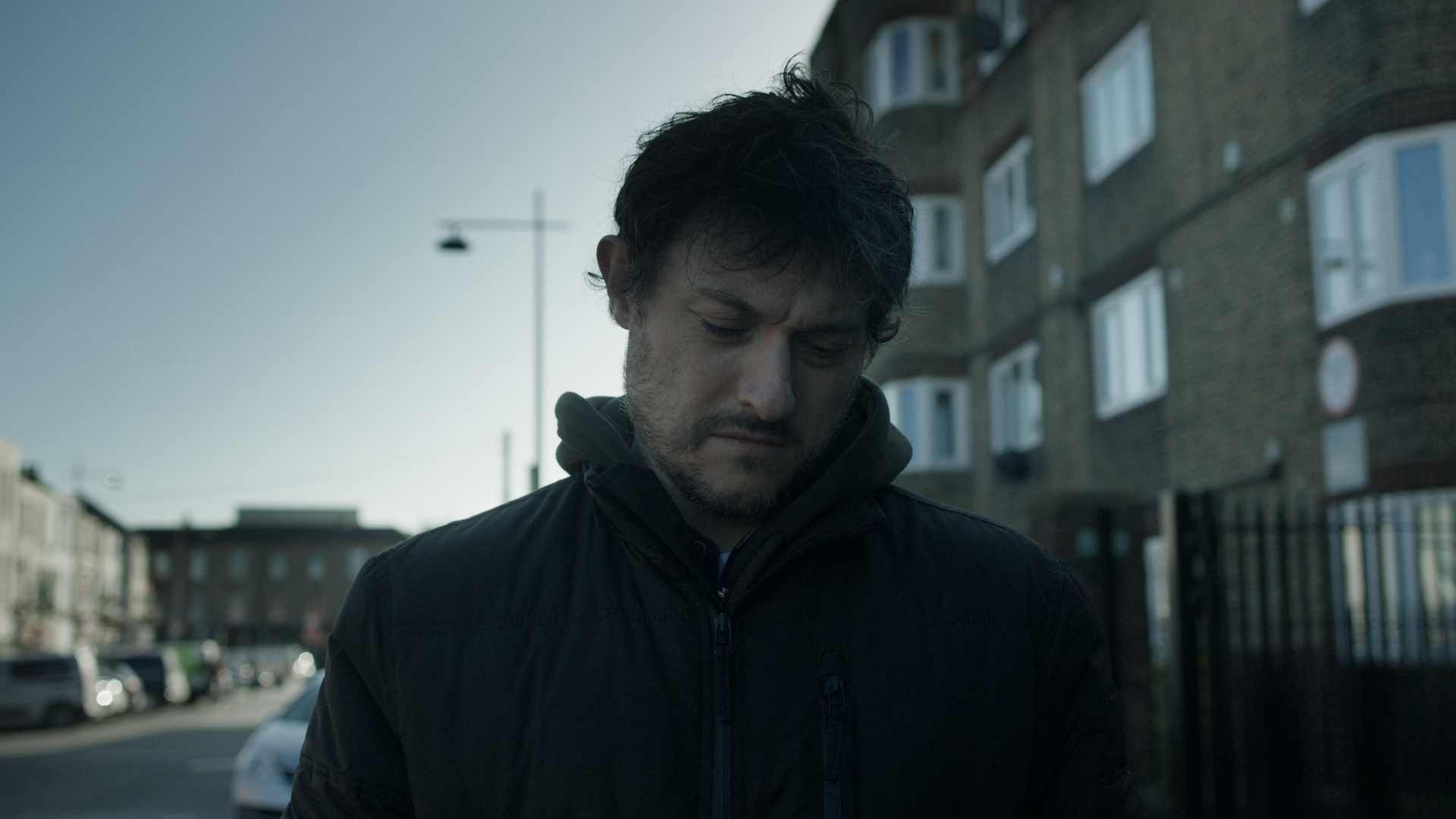
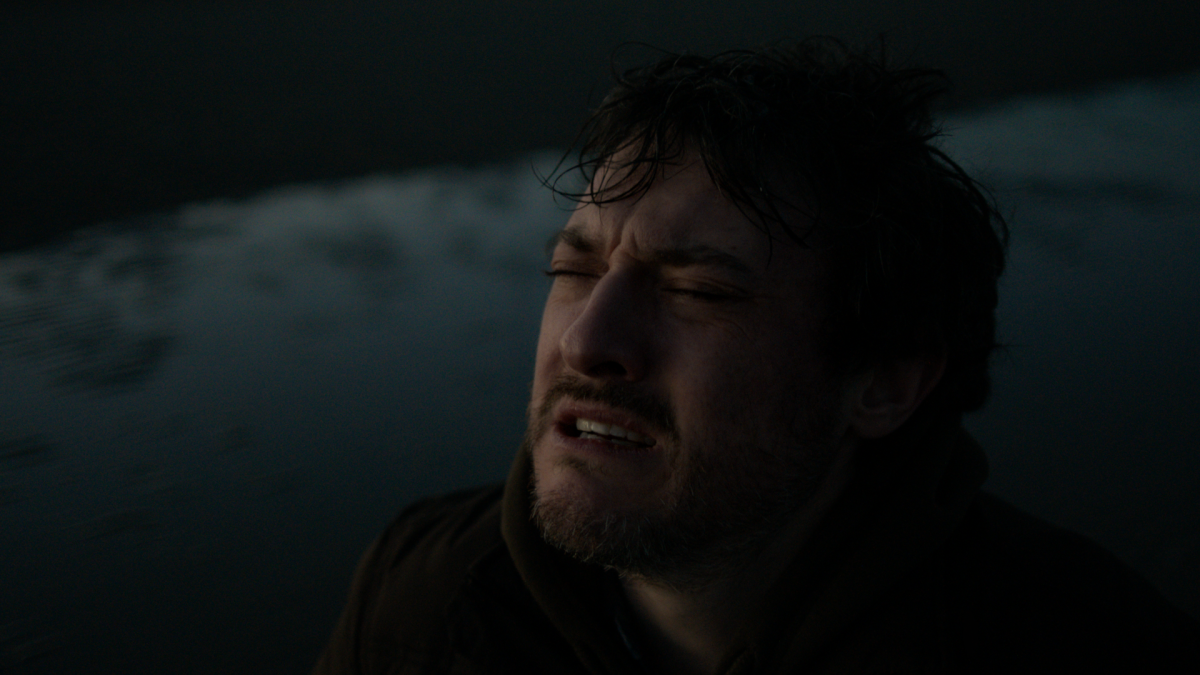
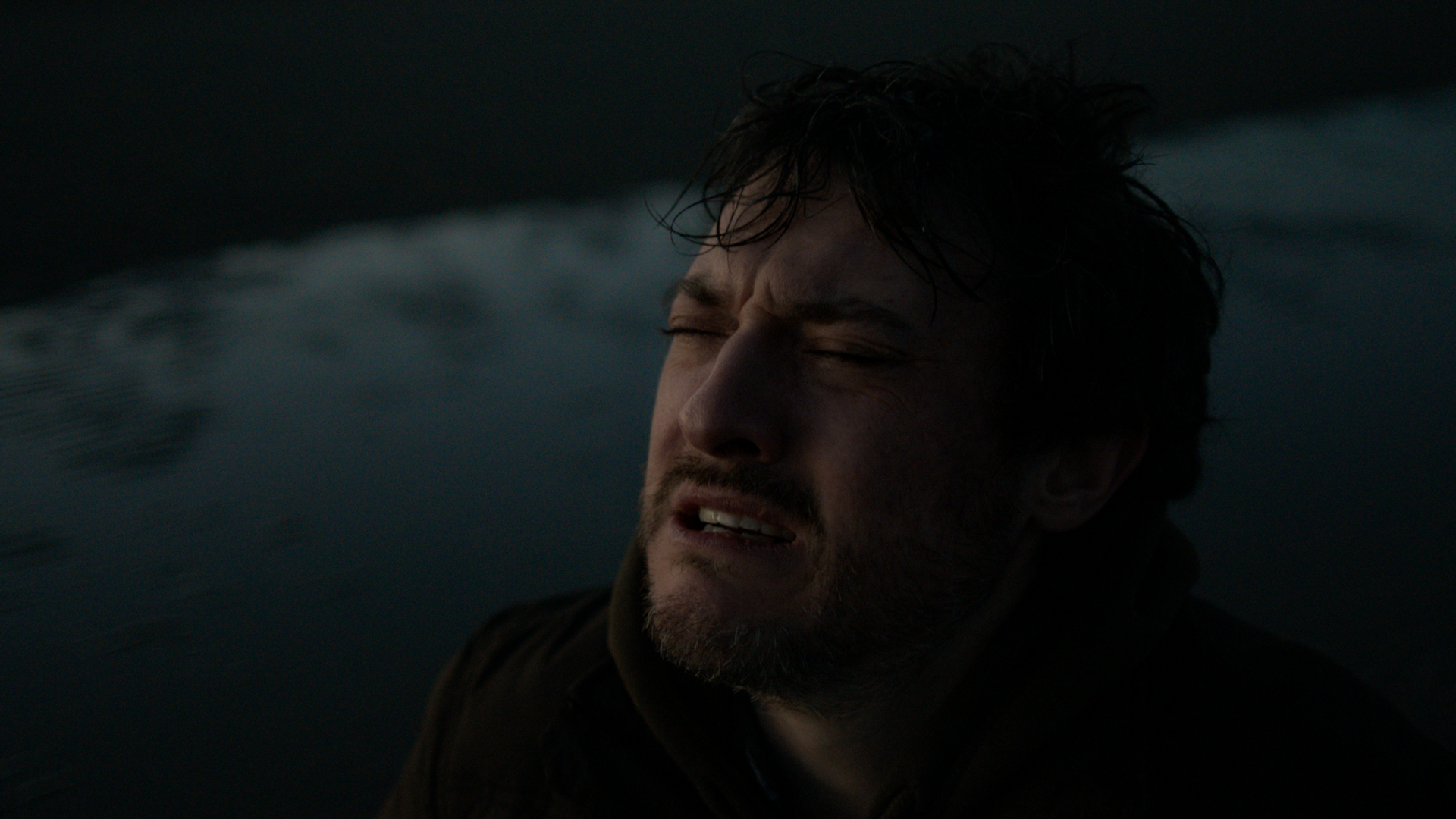
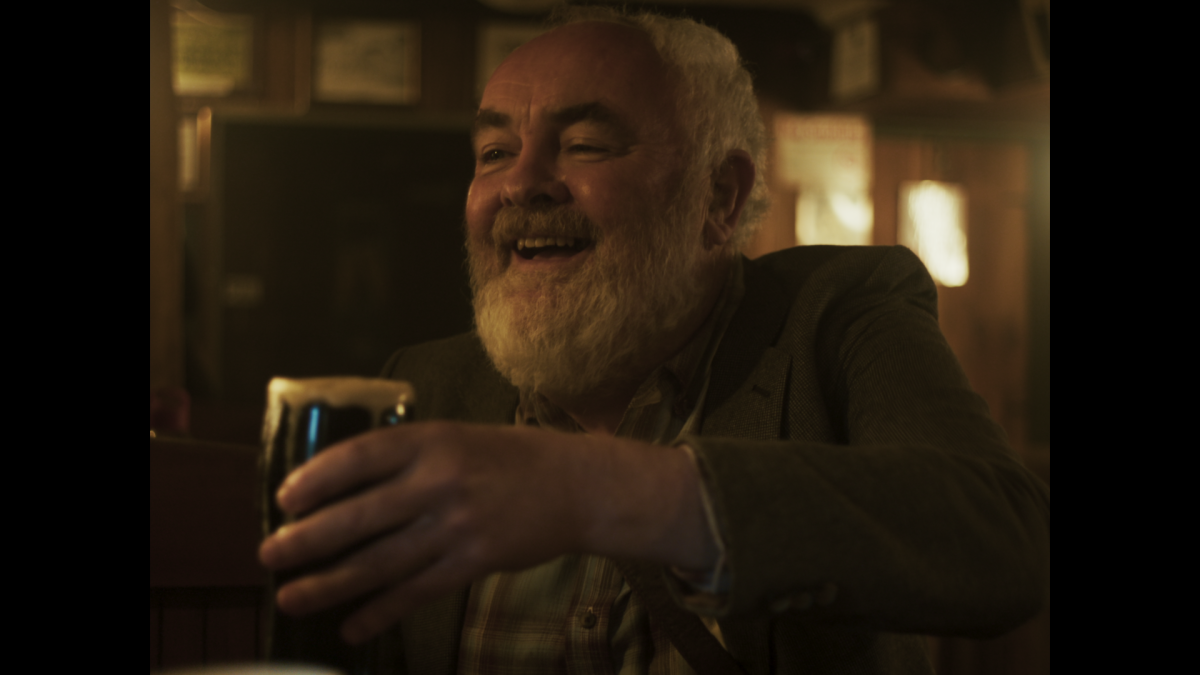
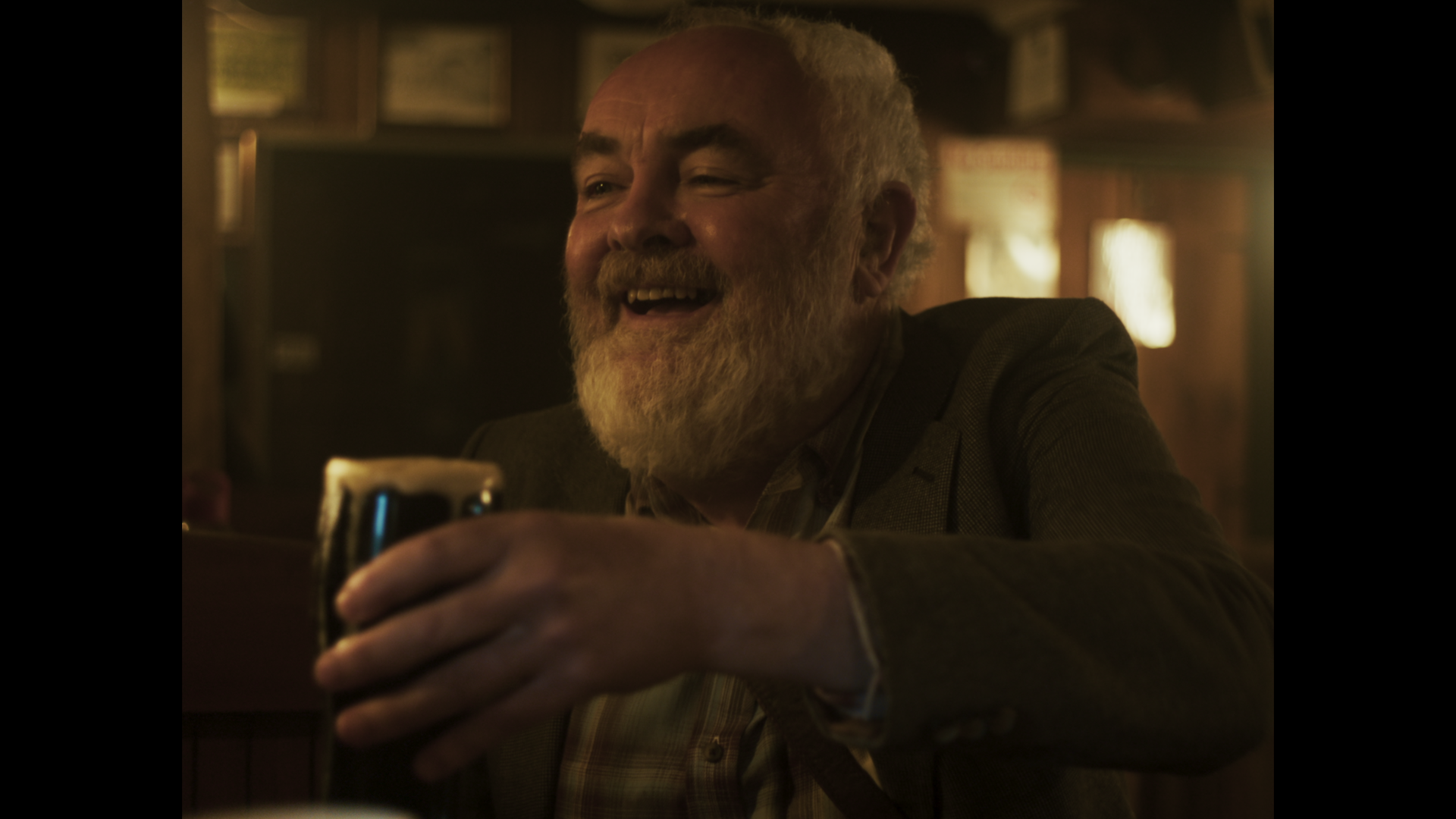
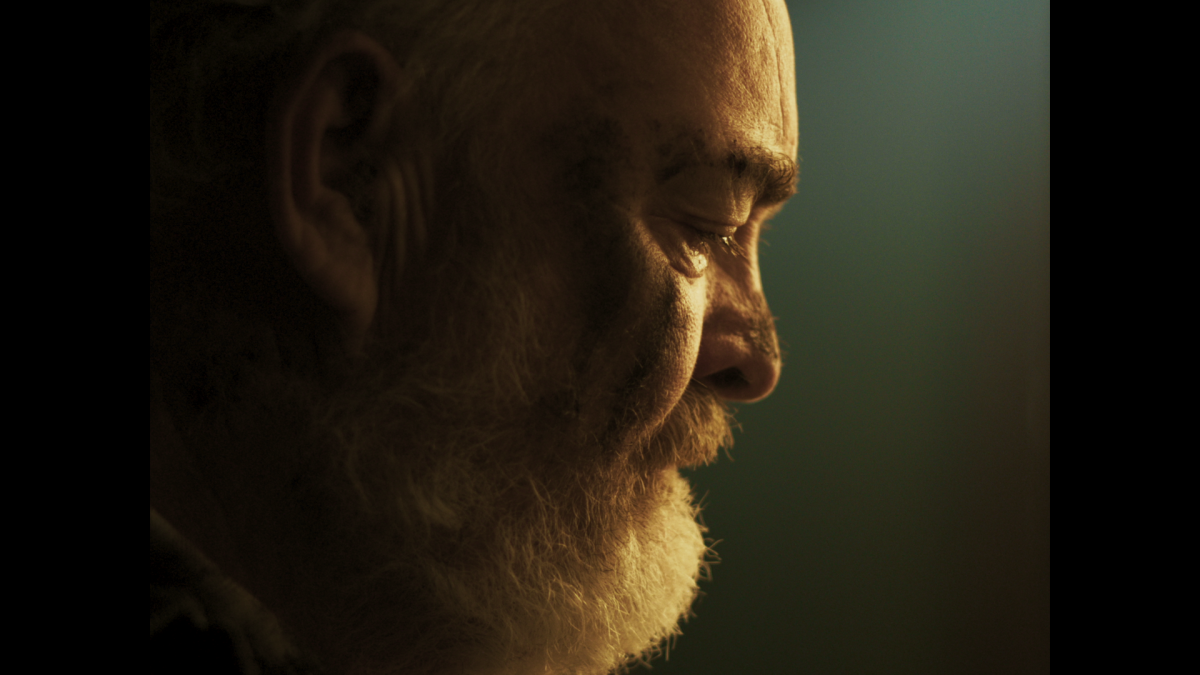
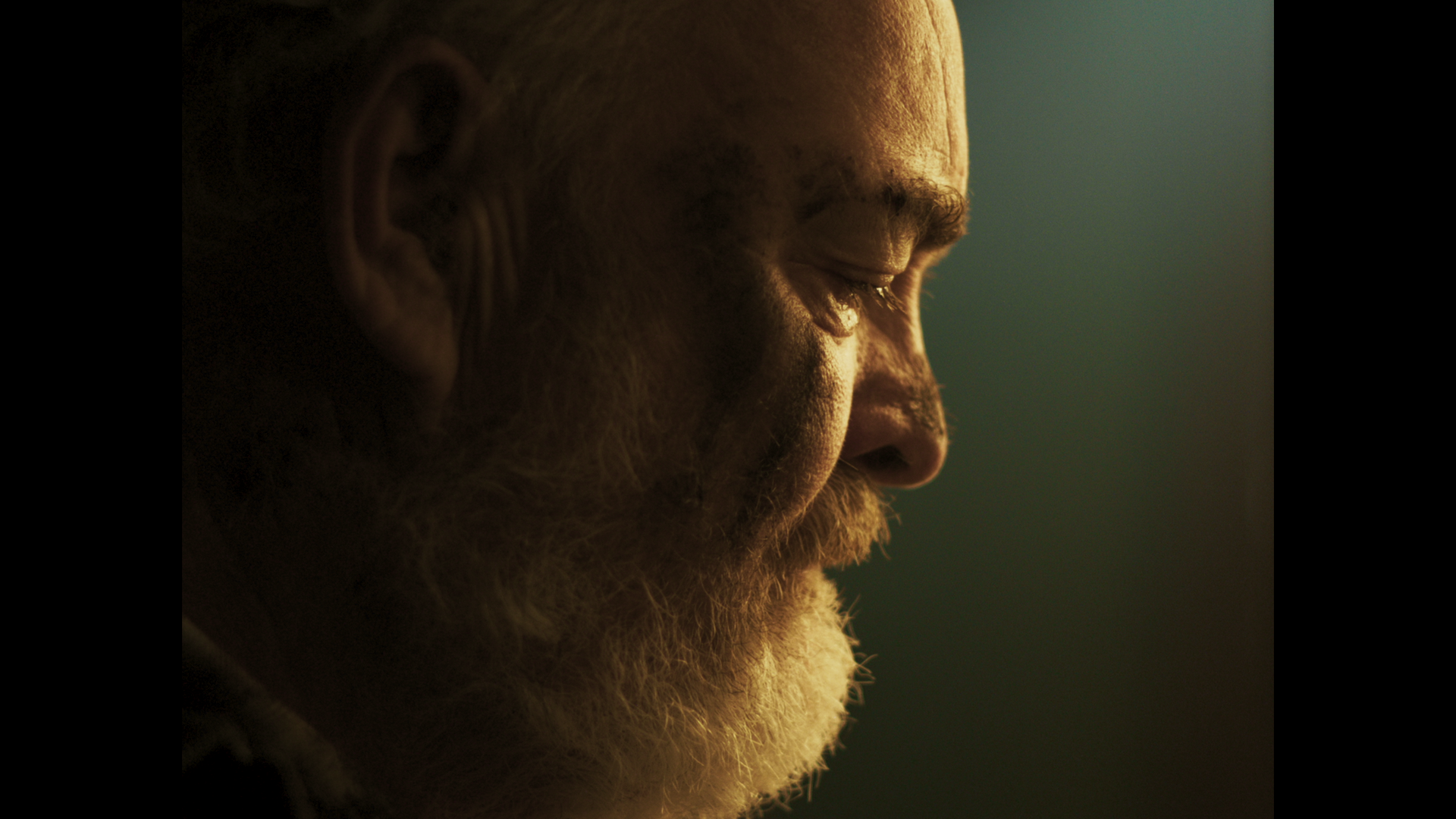
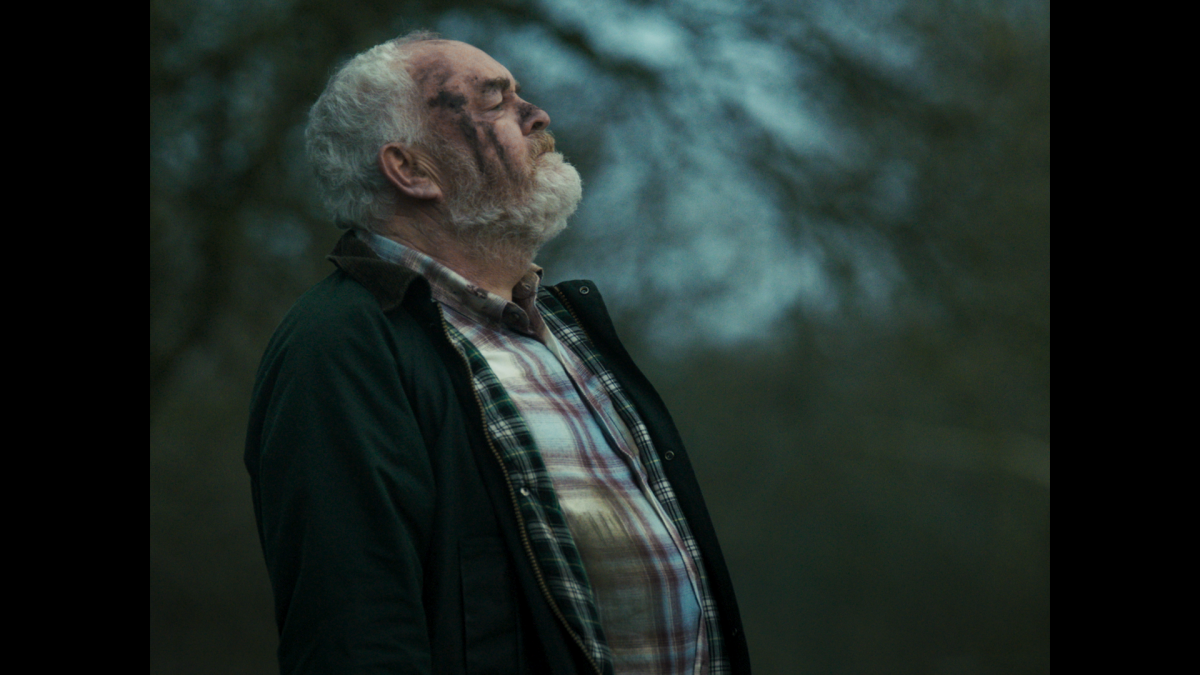
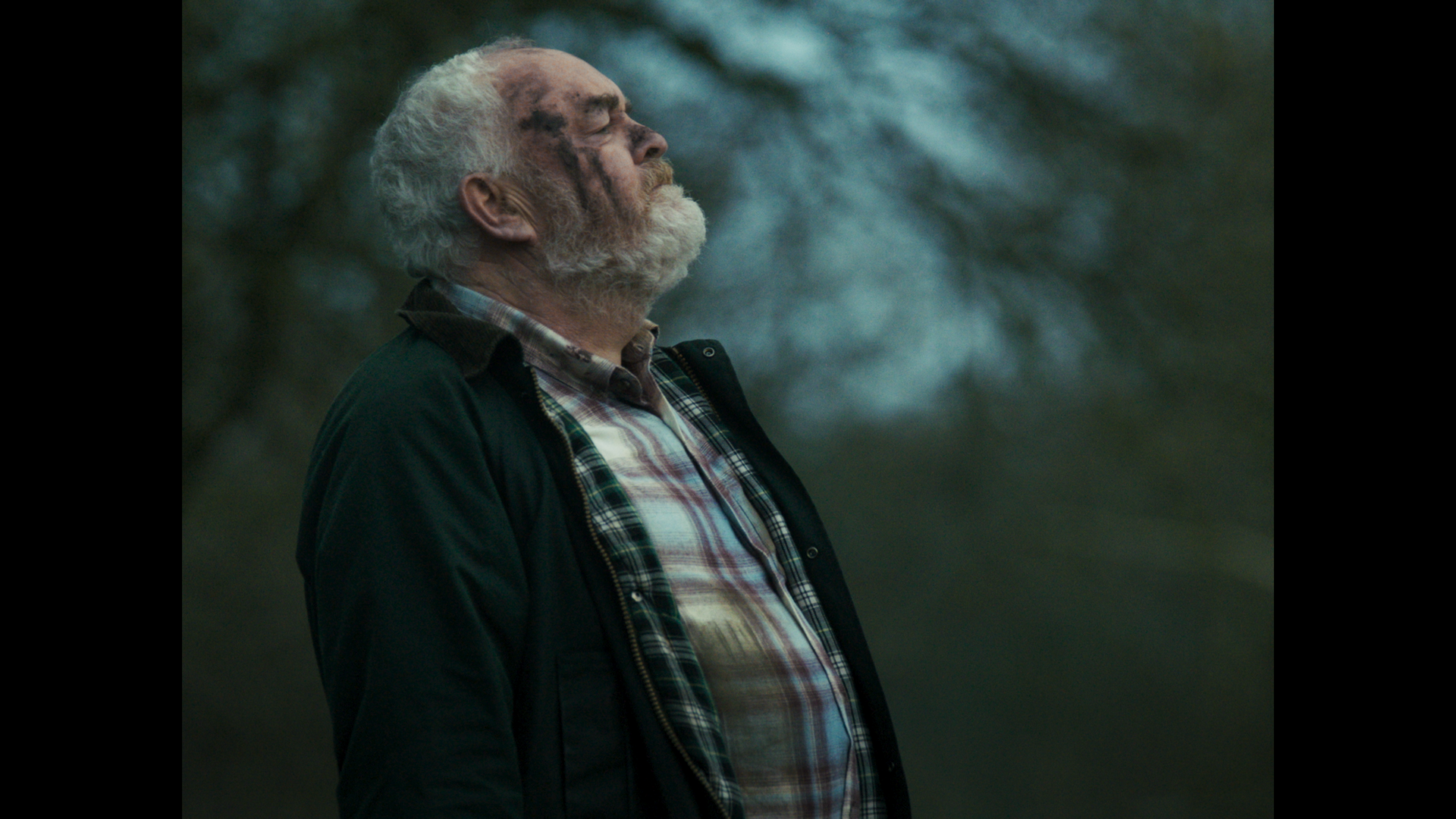
(Director of Photography)
Hobnobs follows Andy, an introverted older man living in the countryside with his beloved cat, Bonny. Deeply connected to nature, animals, and the quiet rhythms of rural life, Andy’s world is intimate and still. But as he begins to seek companionship beyond the solitude of his cottage, he slowly finds himself drifting from the very things that once gave him a sense of peace and belonging, with quietly devastating consequences.
This thesis explores the existentialist and ontological philosophy that shapes the
cinematic expression in the later films of Terrence Malick, specifically focusing on
Martin Heidegger’s concept of Dasein and Jean-Paul Sartre’s notion of the gaze. The
critical analysis will centre on Malick’s body of work following his twenty-year
hiatus, a period during which his filmmaking style developed a distinct auteurism,
unlike much of his contemporary cinematic counterparts.

Jarlath McKernan is an Irish cinematographer and camera operator based in Dublin and Belfast. He has worked on narrative film, commercial, and documentary projects across Europe, including in Denmark, the UK, and the Czech Republic. Recent cinematography credits include At What Cost? (2025) and Hobnobs (2025). He has operated on commercials for DS Automobiles and served as cinematographer on a campaign for UNICEF and Aer Lingus. Double majoring in cinematography, he trained at both FAMU in Prague and the National Film School at IADT. Jarlath is known for his naturalistic lighting, visual storytelling, and collaborative approach on set.


